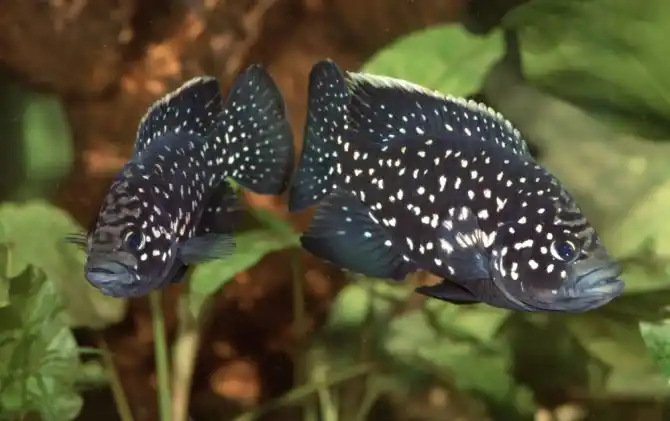Can 2 Arowana Live Together
No, two Arowana should not live together. These fish are naturally aggressive and territorial in nature, and when kept in the same tank, they will fight for dominance. As a result, one of the fish could end up seriously injured or worse. Keeping them only in pairs is also not recommended as this can put …










